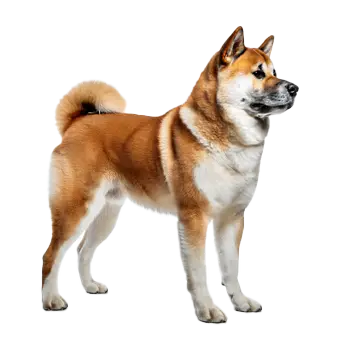The Akita-Ken, known simply as Akita in many countries, carries various names reflecting its rich cultural heritage and international recognition. In Japan, the breed is formally called Akita Inu or Akita Ken, with 'Inu' and 'Ken' both meaning 'dog' in Japanese. The term Akita derives from the Akita Prefecture in northern Japan's mountainous regions where the breed originated. Some enthusiasts distinguish this breed as the Japanese Akita or Japanese Akita Inu to differentiate it from the American Akita, which developed as a separate breed after World War II.
Internationally, the breed gained recognition under different designations across various kennel clubs. The controversy surrounding breed classification has led to distinct nomenclature, with the Federation Cynologique Internationale (FCI) recognizing the Japanese type as 'Akita' while acknowledging the American variety as a separate breed called the 'Great Japanese Dog,' later renamed 'American Akita.' This split formally occurred in June 1999 for FCI's 84 member countries, though some nations still struggle with consistent terminology.
In 1931, the Japanese government designated the Akita Inu as a Japanese Natural Monument, recognizing it among seven breeds receiving this prestigious status. This designation, 'tennen kinenbutsu,' places the breed alongside other culturally significant natural treasures of Japan. The breed's alternative historical names include Odate Dog, referencing the city in Akita Prefecture central to the breed's development, and Matagi Inu, acknowledging their origins with traditional winter hunters called Matagi who pursued large game in snow-covered mountains.
The breed's recognition extends beyond formal registries into popular culture, where they're sometimes called 'Snow Country Dogs' or 'Japanese Snow Dogs' due to their northern origins and thick coats suited for harsh winters. Modern enthusiasts occasionally use affectionate nicknames like 'Japanese Bear Dogs' referencing their historical hunting prowess, though these informal designations lack official standing. The complexity of breed naming reflects the Akita's journey from regional hunting dog to international companion, with each name carrying historical and cultural significance.

